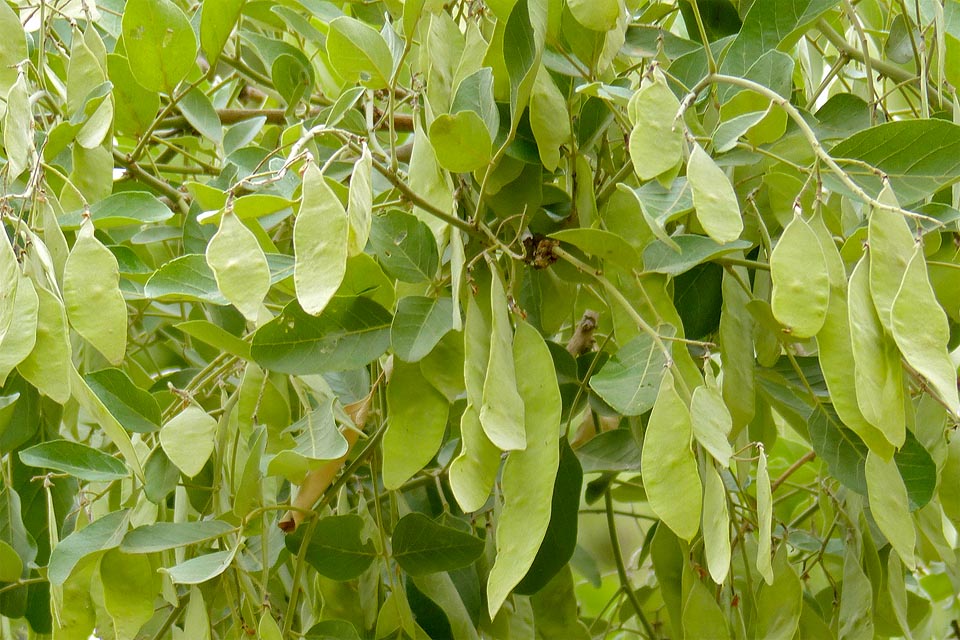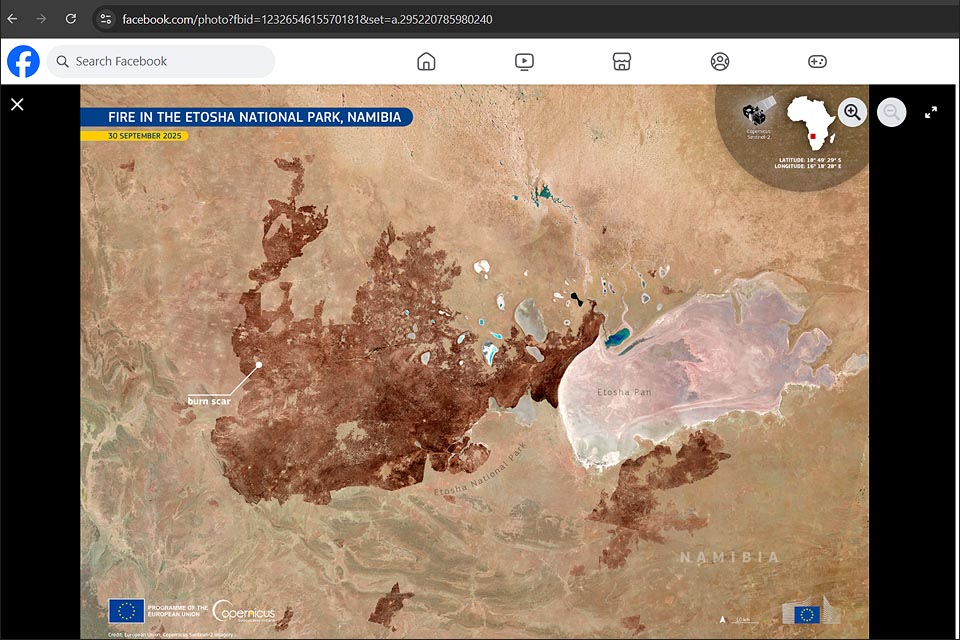The various landscapes of Namibia also characteristically have several unique and rare endemic plant species like the ancient Welwitschia or Elephant's Foot (Adenia pechuelii) and aloes.
Some of them are now threatened due to the international smuggling of endemic plants which are sold at high prices to collectors. What has developed into a worrying trend in South Africa, has now also become a reality in Namibia.
While several arrests have been made in the past year or so and confiscated pants, nurtured and re-planted, Namibian authorities recently had great success with the arrest of a Tanzanian national.
According to the Ministry of Environment, Forestry and Tourism (MEFT), the Tanzanian woman and three Namibians were arrested in the Okondjombo area in the Kunene Region with 46 rare plants, which were identified as Elephant's Foot.
They did not have a permit. They were set to appear in the Opuwo magistrate's court just before Christmas.
“This case is part of a growing trend of organised criminal syndicates using local people to illegally harvest Namibia’s unique plant species,” said Romeo Muyunda, spokesperson of the MEFT on 18 December 2023, when he informed the media.

Adenia pechuelii (Elephants-foot) is one of Namibia’s unique desert plants and belong to the passion fruit (Passiflora oraceae) family. The plant is endemic to Namibia and grows very slowly. Small populations are found in the arid areas of northwestern, central and south-western Namibia.
The name elephant 's foot comes from the big horizontal trunk of the plant, which can grow very large.
The 29-year old Tanzanian woman and the three Namibian co-accused were arrested last month already, but the Police and the protection unit for natural resources had to continue with investigations first before this case could be made public.
According to Muyunda, international poaching syndicates use Namibian enablers to persuade local community members to find and harvest the plants for a small fee. The plants are then smuggled across international borders to be sold to plant collectors who pay huge sums of money for them.
In the last two years, Namibian authorities have seized 666 indigenous plants, excluding illegal timber to fight this new wave of wildlife crime. The unbelievable amount of 430 of the confiscated specimens were Elephant’s Foot. The successful operations include the arrest of 37 suspects in total and 16 criminal cases opened.
Brigitte Weidlich





.png?width=82&height=85&name=Navigate%20Namibia-03%20(1).png)
SUBMIT YOUR COMMENT